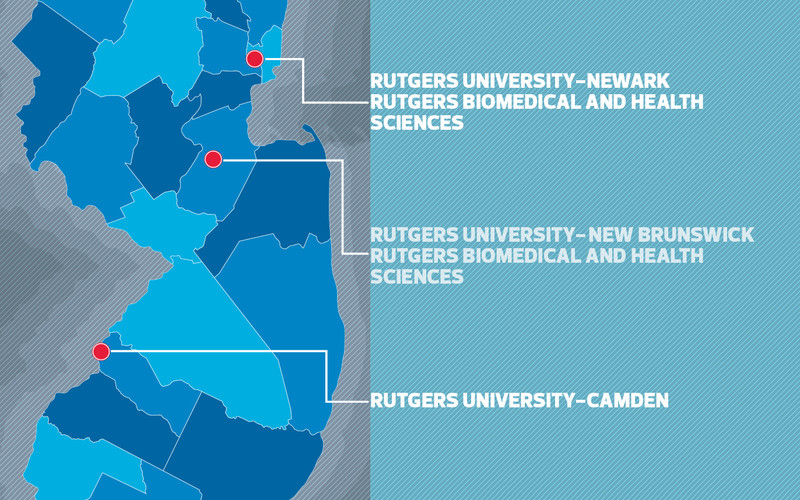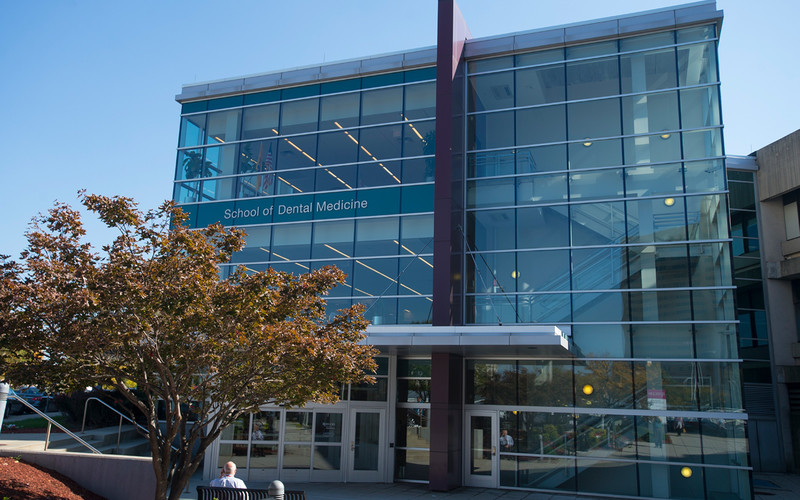“It’s a niche market opportunity for us,” explains Steve Doty, Juilliard’s CTO. “We’re recognizing that local interest and bringing the school to them.”
Juilliard announced its plans for the new campus in 2015. Two years later, the school broke ground on the project, and Doty’s team turned its focus to the institution’s IT architecture. “We had, and we continue to have, discussions around the value of connecting the campuses to each other and how we’re going to handle that,” he explains. “The approach that we’ve landed on for now is for each to have their own local infrastructure and then meet in the cloud for shared services.”
To that end, Doty says, Juilliard’s “key backbone solutions” include a collection of cloud offerings from two California tech companies, Okta and Oracle. Okta, an information security and access management platform, allows the school to load users from both campuses into a central identity repository. “It’s an easy way to do role-based provisioning for Software as a Service applications. It offers a lot more flexibility and increased security than we’d get having local, on-premises identity stores,” he says.















